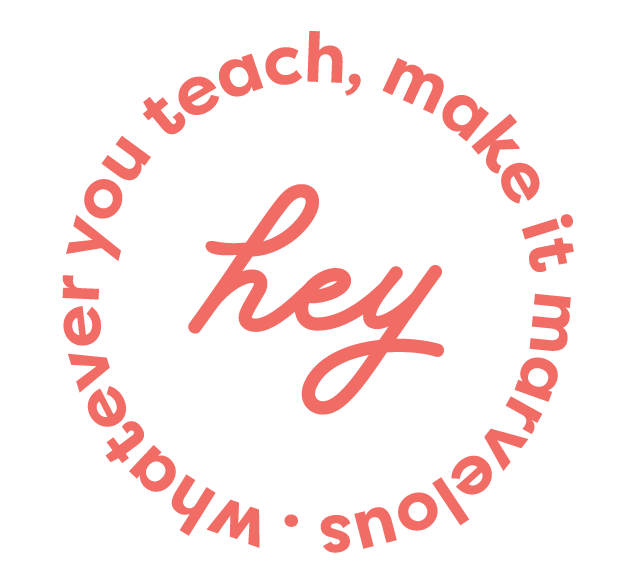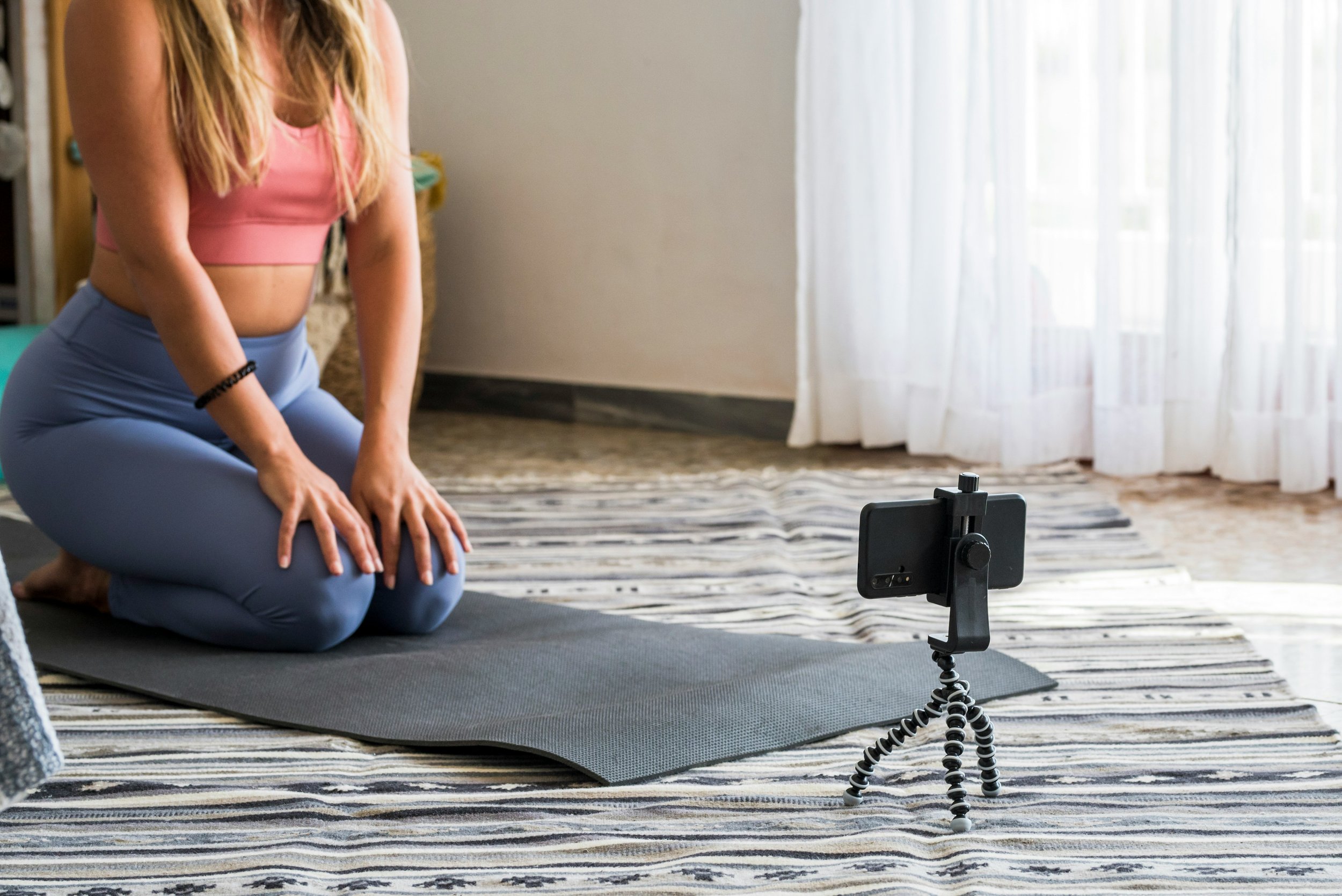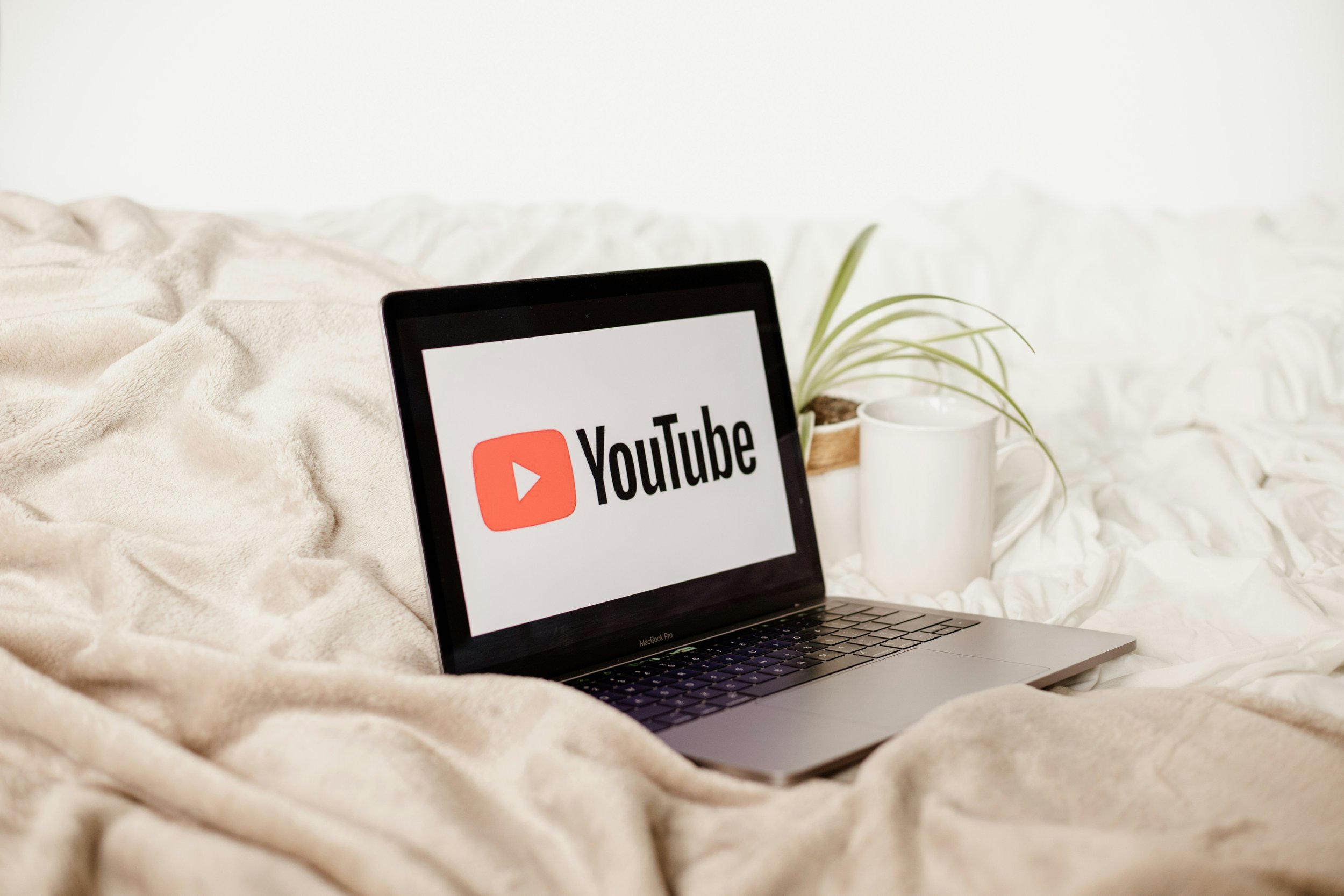5 Tips for a Simple and Beautiful Landing Page Design
Your landing page should be the perfect representation of who you are and what services or products you offer. It needs to be visually appealing and easy-to-navigate so that users can quickly figure out how they can benefit from what it is your landing page is offering.
As online creators, designing a landing page yourself or hiring a designer can seem like a huge, daunting task (not to mention an expensive one).
So, in this blog post, we share five insightful tips for designing a powerful landing page that will attract visitors and boost your success!
What is a Landing Page?
A landing page is a web page designed to capture visitors' attention and direct them toward a specific action. It typically contains persuasive content such as an opt-in form, video, or other call-to-action (CTA).
Landing pages are used by many online creators (and businesses of all sizes tbh) to increase conversions from visitors into paying clients or subscribers. By creating compelling visuals, copywriting that speaks directly to your client's needs, and strategically placed CTAs throughout the page, you can create an effective landing page that helps convert more visitors into leads for your online business.
So let’s jump into our 5 tips for creating a simple and beautiful landing page.
1. Plan out Your Landing Page Design
Before you even start designing, draft the outline of your page section by section.
Firstly, figure out exactly what you want your landing page to do. Is it for a free opt-in to generate leads, or are you talking about your latest online product or service?
The content of your page should be focused on a single topic and provide clear and concise information.
Decide exactly what action you want your visitors to take when they arrive on your page, and consider what type of information they need to know in order to take that action.
Think about what pain point you are trying to solve and what information you can include building trust with your potential customer or client so that they feel what you’re offering is right for them, and that you’re the person they want to work with.
Think of a call to action and make it a priority, such as “Subscribe,” “Join the Waitlist,” “Enroll Now,” “Save Your Seat,” “Buy a Ticket,” etc. This should be right at the top of the page and sprinkled throughout.
A few things you might want to consider for your landing page:
A strong headline with a supporting tagline and CTA button
Why they should opt-in/ enroll
What transformation will they experience once they’ve opted-in/downloaded your workbook/joined your course or membership etc.
How it works/ What to expect (typically for sales pages)
A short bio
Testimonials (if it makes sense to include them)
Price options (typically for sales pages)
FAQs (typically for sales pages)
2. Use beautiful, relevant, and eye-catching imagery
These days, royalty-free imagery is easy to get hold of. Many platforms, such as Marvelous, integrate with Unsplash or similar, where you can search for stunning free images to use on your landing page.
High-quality visuals should be included throughout your landing page in order to draw attention and make your page look more professional. Consider using images, videos, infographics, or other visual elements that effectively convey the message of your landing page in an engaging way.
You may also want to consider hiring a professional photographer, because having you’re face sprinkled throughout the page alongside other images helps to give your visitors a sense of who you are. Alternatively, most smartphones come with brilliant cameras, so if you have a willing friend or family member, they might be able to help you out!
Spend some extra time, money, and love on your images, because it’s what captivates a potential customer during their first impression.
3. Keep it Simple – Don’t Overwhelm Visitors with too Much Information
Copywriting
Good copywriting is paramount when it comes to creating a landing page. Like in tip 1, you will want to plan this out first, and if starting your page from scratch, create the design of the landing page around the copy.
Be creative, and show a bit of flare. Consider your tone of voice and how the words you’re using might land with the reader.
It’s important to pick out the details that matter most and keep your text concise and to the point. Make it clear what pain point you’re providing a solution for and what transformation they can expect.
Colors and Imagery
Choose a couple of consistent colors to use throughout your landing page. Try to choose one color for headings and titles and one color for buttons, icons, or emphasis.
This same concept goes for your imagery. Keep consistency and choose images that have the same style and feel.
Don’t overcrowd your home page with images or icons, but do include them in things like the header of the page and perhaps with a biography section.
If you have sections where you need to use icons, place them only where it matters, such as in the “How it works” section of a sales page (check out The Noun Project for some free and paid options).
Use Consistent Fonts Throughout
And stick to 2!
If you have any more than two fonts, all you’re doing is making it more difficult for your potential customer to read because all the fonts are competing for their attention. It’s a hard job to choose more than two fonts that look really good together, so if you’re going at this on your own, stick to one font for headings and titles and one font for the body copy.
If you’re super adventurous and trust your creative eye, you can experiment with a third for emphasis or callouts, but it’s not necessary.
Google fonts are the best place to browse for fonts and are used on a lot of page-building platforms. They’re the most common fonts on the web, free to download, and you can ensure that most computers will render them when people end up on your website.
4. Optimize Your Landing Page
Optimization is key when it comes to creating an effective landing page – this means ensuring that all elements are optimized for both desktop and mobile devices so that visitors have a positive experience regardless of which device they use to view it (often called mobile responsive design).
Additionally, test different versions of your page to see which one performs better in terms of conversions and leads generated by people visiting your page. If you want your page to be searchable on search engines like Google or Bing, then you should also think about keywords and your SEO page title and metadata.
5. Create a Strong Call-to-Action
Having a strong call to action (CTA) on a landing page is essential for any successful landing page. A good call to action should be clear, concise, and attention-grabbing in order to draw visitors in and get them motivated to take the desired action. CTAs should also be placed prominently on the page – preferably above the fold – so that visitors see it as soon as they land on the page.
Additionally, it’s important to make sure you’re providing value to your visitors with your call to action; offering a free trial or download of an ebook related to their needs can be particularly effective when it comes to generating more leads and conversions.
Finally, CTAs should always come at the end of longer pieces of content so that readers have something they can do once they’re done reading, such as a CTA button for enrolling in your online course or membership.
Final Thoughts
It’s super important to start thinking about how to make your landing page more effective. A good layout could mean anyone who stumbles upon your landing, stays for a little while, pokes around, and maybe even engages with you by subscribing to your email list or enrolling in your online offering.
If a landing page is cluttered, unclear, and visually unappealing, a visitor is likely less inclined to stick around and will probably be even less likely to want to work with you.
The most important part is to keep things simple and clear. Be intentional and have good reasoning for every choice you make with your website.















